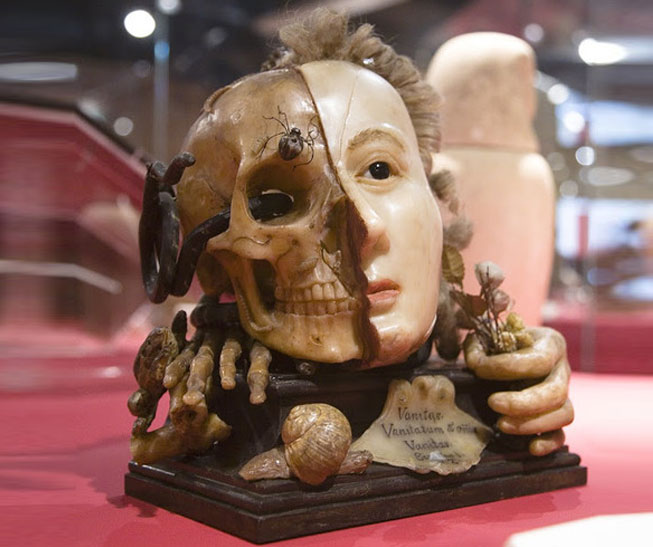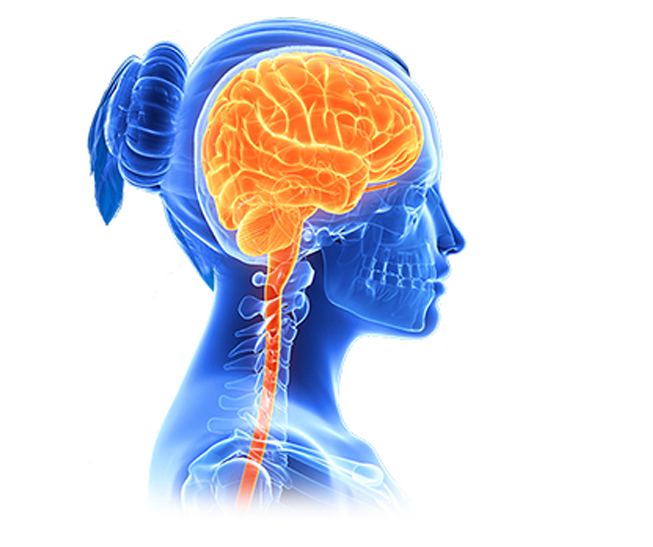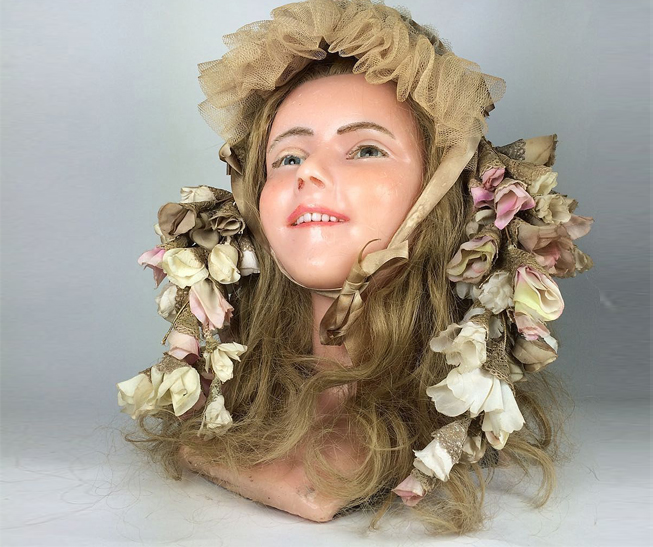The project’s art-historical references are object-based Memento Mori (the Latin phrase means “Remember that you are mortal”, “Remember you will die) and Vanitas genres. These works remind viewers of their own mortality, and are epitomised by “Untitled: Model Head Life one half. Death the other”, held in the Wellcome Trust’s Permanent Collection.
Such works became popular in the seventeenth century, when most believed that earthly life was preparation for Divine Judgement, Heaven, Hell and salvation of the soul. These ideas brought death to the forefront of consciousness. Artists produced self-portraits depicting themselves holding a skull, or with a skull nearby. Vanitas is Latin for “emptiness” and alludes to the meaninglessness of earthly life and the transient nature of vanity.
In our project there is a reflexive spiral embodied by the objects that we will produce: vanitas works function to make viewer consider the transience of life, the futility of pleasure, and the certainty of death. We will take such contemplation as central to the means by which we produce the work, and the final work will literally represent such contemplation.


